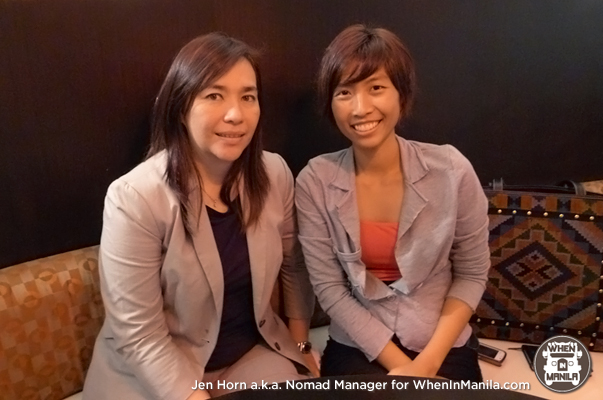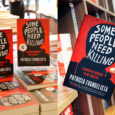When in Manila, Sunday brunch or Friday night dinner conversations might revolve around the exotic destination so-and-so visited last week, the new so-and-so fusion restaurant that opened recently, or the latest revolutionary gadget / beauty product / so-and-so that is in the market now and you’re dying to have. One would be hard-pressed to find people talking about climate change over casual coffee or beer.
I don’t know if I’m deluded in this thinking, but I believe our society is ripe for that shift from meals & hangouts with nothing but vapid gossip as topics, to more conscious, community & environment-centric conversation without going all scientific / technical / left-wing fundamentalist / extremist-revolutionary. It CAN be a casual conversation without nosebleeds and burst jugular veins.
A Lifestyle Change To Address Climate Change
Over a lucky lunch I had with Secretary Mary Ann Lucille Sering, Vice Chairperson of Climate Change Commission, she shared that she really wants to bring the discussion of Climate Change down from its perceived government pedestal to each citizen – each consumer.
As I wrote in my article on the Climate Change study by WWF & BPI, the governance (read: management) of Climate Change rests not only in the hands of government officials, because the real people “in power”, are a band of action-oriented citizens, just like you and me, who have the capacity to brainwash their circle of influence to make better lifestyle choices.
Secretary Mary Ann Lucille Sering of the Climate Change Commission with the author
Secretary Sering shares that there is a wealth of ways we can reduce our carbon footprint while cutting down on costs, it’s just that the information is not always as available to a lot of the masses.
Did you know?
- The mere act of taking out plugs of appliances not in use saves 10-20% of energy consumption.
- Electric companies charge double for energy consumption during peak times (without consumers being aware).
- Painting your ceiling in a light color makes it absorb less heat, therefore keeping your space cooler.
Sustainable Production
Climate Change also challenges entrepreneurs (at least the ones who aren’t just focused on the bottom line) to reassess their supply chain, the process behind their production, the product life cycle and disposal. “The social entrepreneur is concerned with the process in arriving at the product, that’s why you become social, because you’re more conscious of what you’re selling”, says Secretary Sering.
Product design and manufacturing can be more sustainable by using simpler / locally available materials, tapping cottage industries, or releasing a smaller collection. Doing business this way may increase production cost vs. buying cheap, mass-produced China goods that give you better margins, but ultimately, that increases your carbon footprint and negatively affects the local economy. The challenge though is to continue running a business that is both environmentally and financially sustainable, a challenge I feel today’s young entrepreneurs are up to.
Conscious Consumption
And while it’s good that there’s a whole move towards buying Pinoy-made goods, it’s not enough that we purchase locally, but that we also purchase sustainably. There’s that saying that if the buying stops, the killing stops too, and nothing could be truer, because perpetuating the demand for irresponsibly-produced goods encourages the unmindful entrepreneur to keep producing in favor of their bottom line. But once buyers move towards a more conscious consumption of goods, manufacturers will be forced to rethink their production. It all goes hand in hand.
“We have to be able to find that lifestyle change does not mean sacrificing [author’s note: well maybe a little sometimes, but it doesn’t mean suffering]. We have to send out the message that when you do consume properly, sustainably, you save not only on your cost, but you also remove some of your waste to be thrown to the dumpsites, because right now, the government does not have the facility to be able to turn this waste into something green, and dumpsites emit a lot of methane,” shares Secretary Sering.
I think that the Philippines could not be riper for this shift in collective consciousness, and I’m definitely going to be in the ranks when this movement happens in the country.
To find out more about the Climate Change Commission, log onto www.climate.gov.ph or find them on Facebook.
Climate Change Action For The Average Consumer





